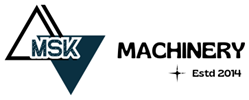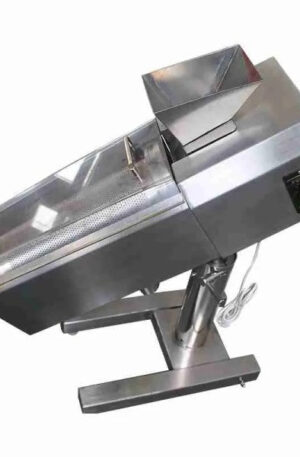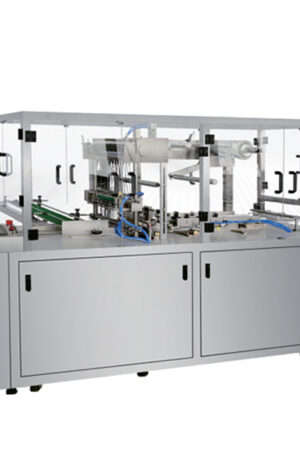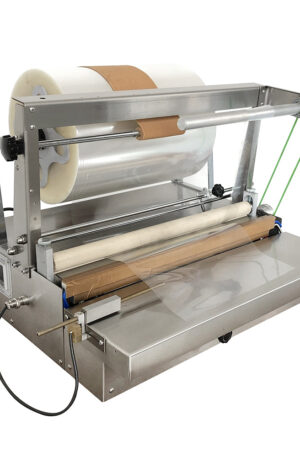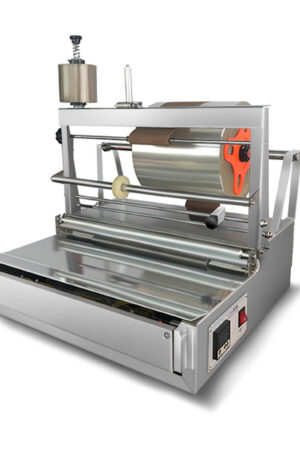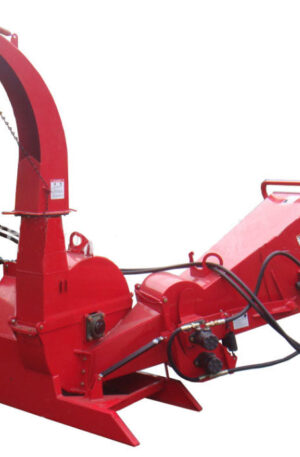Title: “The Evolution of Pharmaceutical Machinery: Advancements in Drug Manufacturing Technology”
In the fast-paced world of pharmaceuticals, the evolution of pharmaceutical machinery has played a crucial role in revolutionizing drug manufacturing processes. Over the years, significant advancements have been made in the design and functionality of machines such as table press machines and capsule filling machines. In this article, we will explore the evolution of pharmaceutical machinery, focusing on the key innovations that have shaped the industry.
One of the most essential machines in pharmaceutical manufacturing is the table press machine. These machines are used to compress powdered ingredients into solid tablets or pills. Traditional table press machines operate using a single punch system, where a single punch compresses the powder into a tablet. However, with advancements in technology, new generations of table press machines, such as the TDP (Tablet Press), have been developed. The TDP incorporates multiple punches, allowing for higher production speeds and increased efficiency in tablet production. The TDP is known for its precision and reliability, making it a popular choice in modern pharmaceutical manufacturing facilities.
Another critical machine in the pharmaceutical industry is the capsule filling machine. These machines are used to accurately fill empty capsules with pharmaceutical ingredients. Similar to table press machines, capsule filling machines have seen significant improvements over the years. The introduction of technologies like the THDP (Two-Head Double Press) capsule filling machine has revolutionized the capsule filling process. The THDP machine is capable of filling two capsules simultaneously, doubling the production capacity and reducing production time. Additionally, the THDP machine offers improved accuracy and control over the filling process, ensuring uniformity in capsule dosage.
Overall, the evolution of pharmaceutical machinery has greatly influenced the efficiency and precision of drug manufacturing processes. Innovations in machines such as the TDP and THDP have enabled pharmaceutical companies to increase production capacity, improve product quality, and meet the growing demands of the market. As technology continues to advance, the future of pharmaceutical machinery holds exciting possibilities for further enhancing drug manufacturing processes and ultimately improving patient care and outcomes.
